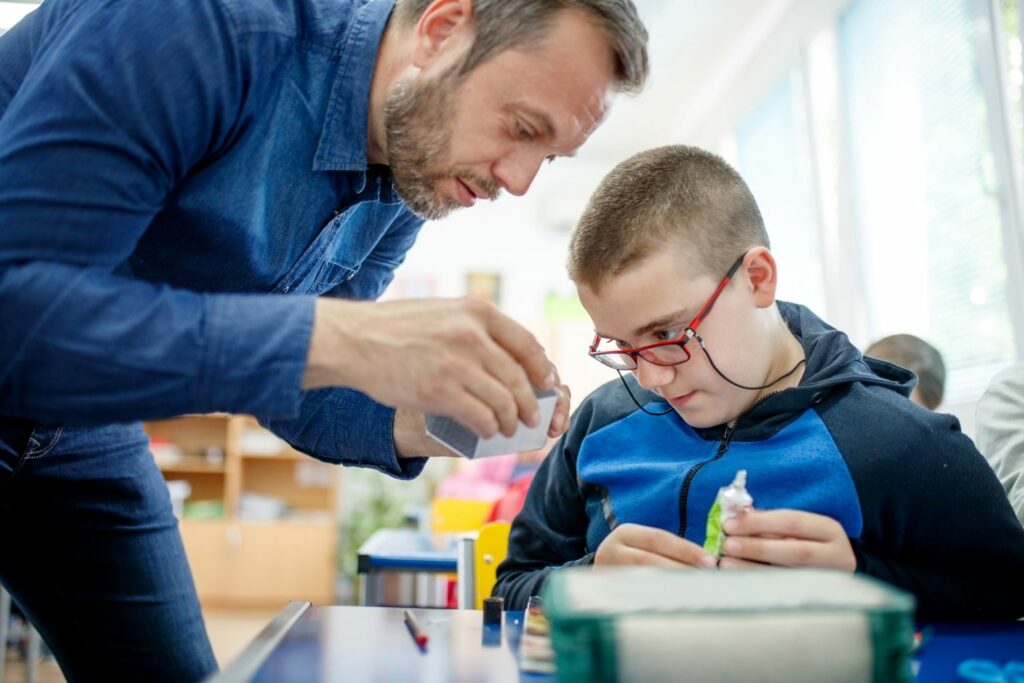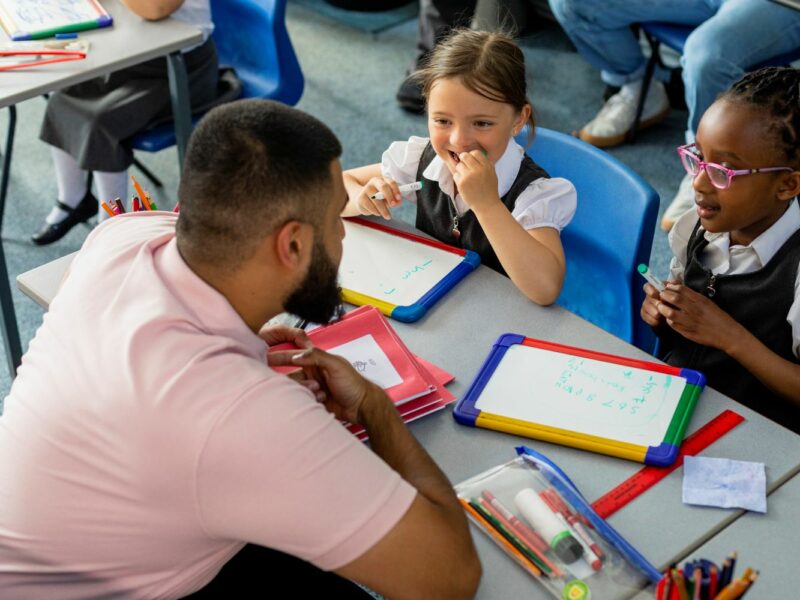Education, Health and Care Plans (EHCPs)
What is an Education, Health and Care Plan (EHCP)
An Education, Health and Care plan (EHCP) is a legal document for children and young people aged 0 to 25. It describes a child or young person’s special educational needs, the support they need and the outcomes they would like to achieve.
The Special Educational Needs and Disability (SEND) Code of Practice 2015 is statutory guidance issued under the Children and Families Act 2014. It outlines how children and young people with SEND should be identified, assessed, and supported across education, health, and social care. In section 9.2 of the guidance, it states that:
The purpose of an EHC plan is to make special educational provision to meet the special educational needs of the child or young person, to secure the best possible outcomes for them across education, health and social care and, as they get older, prepare them for adulthood.
You can read more about the SEND Code of Practice on gov.uk.
In summary, an Education, Health and Care plan is designed to:
- identify a child or young person’s special educational needs (SEN)
- set out the support they need in education, health and social care
- describe the outcomes they are working towards
- help them prepare for adulthood, including employment, independent living and community participation

EHCP process
You may have identified that your child has additional needs but are not sure whether this means they need an EHCP. The steps to understanding whether one is required and how to go about requesting one is as follows:
- The child or young person is receiving support at school (SEN Support), but it is not meeting their needs. Progress is limited and more help might be needed.
- A request for an EHC needs assessment is made to the local authority (LA). This can be done by parents/carers, the young person or the school/college.
- If the LA decide to carry out the assessment, they should tell you within 6 weeks of asking. If they say no to the assessment, they must explain why and outline your right to appeal.
- If the LA agree to assess, they will gather advice from parent/carers, child/young person, school or college, health and social care professionals, educational psychologist and any other relevant professionals.
- After the assessment, the LA decides whether to issue an EHCP. If not, they must explain why and outline the right to appeal.
- If they say yes, a draft EHCP is written and shared with parents/carers or young person. There will be 15 days for parents, carers or young people to give feedback and request any changes.
- The final EHCP is issued. It should set out the child/young person’s needs, the support they will get, the outcomes they’re working towards, the school or setting they will attend.
- The EHCP should be reviewed at least once every 12 months.
EHCPs and the law
If a local authority receive a request for an assessment from a parent/carer, young person, school or college, it must consider:
- whether the child or young person has or may have special educational needs, and
- whether they may need special educational provision to be made through an EHCP
If the answer to both of these questions is yes, the LA must carry out an EHC needs assessment.
What is included in an EHCP?
An EHCP must include at least 12 sections, labelled A to K, but each local authority can decide how to set these out. The sections are:
| Section A | The views, interests and aspirations (hopes) of the child or young person and their parent or carer. |
| Section B | The child or young person’s special educational needs. |
| Section C | Health needs related to their special educational needs or disability. |
| Section D | Social care needs related to their special educational needs or disability. |
| Section E | The outcomes that are planned for the child or young person. |
| Section F | The special educational support that will be provided. This must match each need listed in Section B. |
| Section G | Health support that is needed because of the child or young person’s special educational needs or disability. |
| Section H1 | Social care support that must be provided for children or young people under 18. |
| Section H2 | Other social care support needed because of their special educational needs or disability. |
| Section I | The name and type of school or college the child or young person will attend. |
| Section J | Details of any personal budget, including how it will be used to support outcomes and services. |
| Section K | All the advice and information collected during the EHC needs assessment. |
If an EHCP is issued, the local authority will create a draft for you to review. You can find out more about draft EHCPs here, but first you may want to read about the first step in the process – EHC needs assessments.



